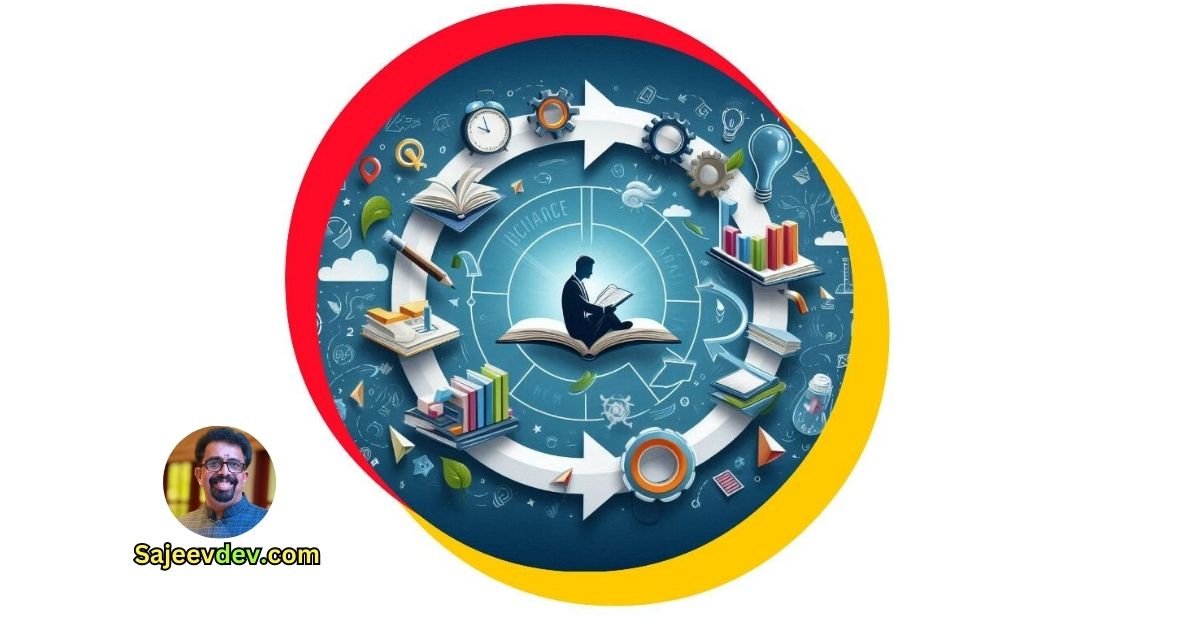In today’s fast-paced and ever-evolving business landscape, continuous learning and adaptation are essential for maintaining a competitive edge and achieving long-term success. Staying informed about industry trends, market changes, and new technologies, and making improvements based on customer feedback are critical components of this approach. This detailed blog will guide you through the steps necessary to cultivate a culture of continuous learning and adaptation in your business.
Understanding Continuous Learning and Adaptation
1. Definition and Importance
Continuous learning and adaptation refer to the ongoing process of acquiring new knowledge, skills, and behaviors to stay relevant and competitive. This approach is vital because:
- Rapid Technological Advancements: Technology is evolving at an unprecedented pace, impacting every aspect of business operations.
- Market Dynamics: Consumer preferences, market conditions, and competitive landscapes are constantly changing.
- Innovation: Businesses that continuously learn and adapt are better positioned to innovate and meet emerging customer needs.
2. Benefits
The benefits of continuous learning and adaptation include:
- Improved Efficiency: Streamlining processes and adopting new technologies can enhance operational efficiency.
- Enhanced Customer Satisfaction: Regularly updating products and services based on customer feedback ensures they meet evolving needs.
- Increased Agility: Being able to quickly respond to market changes helps maintain a competitive advantage.
- Employee Development: Investing in employee learning and development leads to a more skilled and motivated workforce.
Steps to Implement Continuous Learning and Adaptation
1. Establish a Learning Culture
Foster an environment that encourages continuous learning by:
- Leading by Example: Demonstrate a commitment to learning and adaptation from the top down.
- Encouraging Curiosity: Promote curiosity and the pursuit of knowledge among employees.
- Providing Resources: Offer access to training programs, workshops, and online courses.
2. Stay Informed About Industry Trends
Keeping up with industry trends is crucial. Here’s how to do it:
- Subscribe to Industry Publications: Follow relevant magazines, journals, and websites.
- Join Professional Associations: Participate in industry associations and networks.
- Attend Conferences and Webinars: Engage in events that focus on current and future trends.
- Follow Thought Leaders: Keep an eye on influencers and experts in your industry on social media and blogs.
3. Leverage Technology
Utilize technology to stay ahead:
- Adopt the Latest Tools: Implement tools and software that can streamline operations and improve productivity.
- Monitor Technological Advancements: Stay updated on new technologies that could impact your industry.
- Invest in Automation: Use automation to handle repetitive tasks, freeing up time for more strategic activities.
4. Seek and Utilize Customer Feedback
Regularly gathering and acting on customer feedback can lead to significant improvements:
- Conduct Surveys and Polls: Use surveys to gather feedback on products, services, and customer experiences.
- Monitor Social Media: Pay attention to customer comments and reviews on social media platforms.
- Hold Focus Groups: Organize focus groups to gain deeper insights into customer preferences and pain points.
- Implement Feedback Loops: Ensure there are mechanisms in place to act on feedback promptly.
5. Foster a Culture of Innovation
Encourage innovation within your organization by:
- Allocating Time for Creative Thinking: Allow employees to dedicate time to brainstorming and developing new ideas.
- Rewarding Innovation: Recognize and reward employees who come up with innovative solutions.
- Creating Cross-Functional Teams: Promote collaboration across different departments to spark new ideas.
6. Continuous Improvement of Products and Services
Regularly update and refine your offerings by:
- Launching MVPs (Minimum Viable Products): Test new ideas with MVPs to gather feedback and make improvements.
- Iterative Development: Use an iterative approach to development, making continuous enhancements based on feedback.
- Monitoring Competitors: Keep an eye on competitors to identify gaps and opportunities for improvement.
7. Adapting to Market Changes
Be proactive in responding to market shifts:
- Conduct Market Research: Regularly analyze market trends and customer preferences.
- Agile Methodologies: Adopt agile methodologies to allow for quick pivots and adjustments.
- Scenario Planning: Develop various scenarios to anticipate potential changes and plan accordingly.
8. Investing in Employee Development
Your employees are your greatest asset. Invest in their growth by:
- Offering Training Programs: Provide ongoing training and development opportunities.
- Encouraging Skill Development: Promote the acquisition of new skills that align with future business needs.
- Providing Mentorship: Establish mentorship programs to support employee growth and career development.
9. Utilizing Data and Analytics
Make informed decisions using data and analytics:
- Implement Data Analytics Tools: Use tools to gather and analyze data on customer behavior, market trends, and operational performance.
- Data-Driven Decision Making: Base your decisions on insights derived from data analytics.
- Performance Metrics: Establish key performance indicators (KPIs) to measure progress and identify areas for improvement.
Continuous learning and adaptation are not just buzzwords; they are essential strategies for thriving in today’s dynamic business environment. By fostering a culture of learning, staying informed about industry trends, leveraging technology, seeking customer feedback, and promoting innovation, businesses can navigate the challenges of the modern marketplace with confidence. Investing in employee development, utilizing data and analytics, and continuously improving products and services will help you maintain a competitive edge and achieve long-term success.
By following these essential steps, you can lay a solid foundation for your business, stay ahead of the curve, and turn your vision into reality. Remember, thorough planning and execution are key to adapting to change and ensuring your business continues to grow and succeed.



